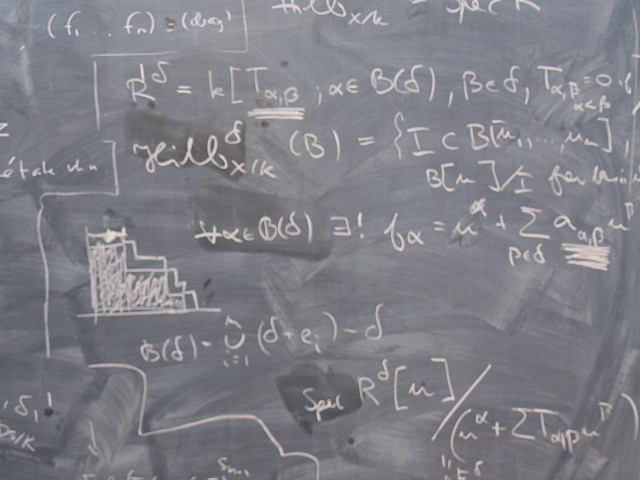- The simplex method and interior methods for linear programming.
- Utilization of problem structure in linear programming, e.g., decomposition and column generation.
- Stochastic programming: methods and utilization of problem structure.
- Branch-and-bound methods for integer programming.
- Lagrangian relaxation and subgradient methods for large-scale integer programming problems with special structure.
SF2812 Applied Linear Optimization 7.5 credits

Information per course offering
Information for Spring 2026 Start 13 Jan 2026 programme students
- Course location
KTH Campus
- Duration
- 13 Jan 2026 - 13 Mar 2026
- Periods
Spring 2026: P3 (7.5 hp)
- Pace of study
50%
- Application code
60860
- Form of study
Normal Daytime
- Language of instruction
English
- Course memo
- Course memo is not published
- Number of places
Places are not limited
- Target group
- Elective for all programmes as long as it can be included in your programme.
- Planned modular schedule
- [object Object]
- Schedule
- Part of programme
Master's Programme, Applied and Computational Mathematics, year 2, OPST
Master's Programme, Applied and Computational Mathematics, year 1, OPST
Master's Programme, Industrial Engineering and Management, year 1, OSYT, Mandatory
Master's Programme, Aerospace Engineering, year 1, SYS
Master's Programme, Applied and Computational Mathematics, year 1
Master's Programme, Aerospace Engineering, year 1
Degree Programme in Engineering Mathematics, year 3
Master's Programme, Systems, Control and Robotics, year 2
Master's Programme, Electric Power Engineering, year 2
Master's Programme, Electric Power Engineering, year 1
Master's Programme, Applied and Computational Mathematics, year 2
Contact
Course syllabus as PDF
Please note: all information from the Course syllabus is available on this page in an accessible format.
Course syllabus SF2812 (Spring 2022–)Content and learning outcomes
Course contents
Intended learning outcomes
To pass the course, the student shall be able to:
- Apply theory, concepts and methods from the parts of optimization that are given by the course contents to solve problems.
- Model, formulate and analyze simplified practical problems as optimization problems and solve by making use of given software.
- Collaborate with other students and demonstrate ability to present orally and in writing.
To receive the highest grade, the student should in addition be able to do the following:
- Combine and explain the methods in the course, and
- Apply and explain the theory and the concepts of the course in the practical problems that are included.
Literature and preparations
Specific prerequisites
- English B / English 6
- Completed basic course in optimization (SF1811, SF1861 or equivalent)
- Completed basic course in mathematical statistics (SF1914, SF1918, SF1922 or equivalent)
- Completed basic course in numerical analysis (SF1544, SF1545 or equivalent)
- Completed basic course in differential equations (SF1633, SF1683 or equivalent).
Literature
Examination and completion
Grading scale
Examination
- PRO2 - Project, 1.5 credits, grading scale: A, B, C, D, E, FX, F
- PRO1 - Project, 1.5 credits, grading scale: A, B, C, D, E, FX, F
- TEN1 - Examination, 4.5 credits, grading scale: A, B, C, D, E, FX, F
Based on recommendation from KTH’s coordinator for disabilities, the examiner will decide how to adapt an examination for students with documented disability.
The examiner may apply another examination format when re-examining individual students.
If the course is discontinued, students may request to be examined during the following two academic years.
Examiner
Ethical approach
- All members of a group are responsible for the group's work.
- In any assessment, every student shall honestly disclose any help received and sources used.
- In an oral assessment, every student shall be able to present and answer questions about the entire assignment and solution.